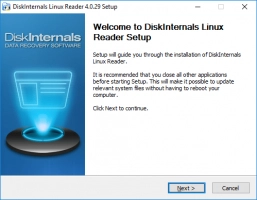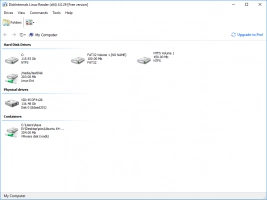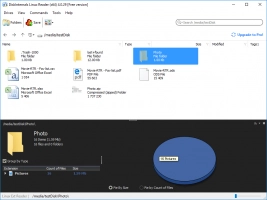What is the Difference Between Bash and Sh
If you've been using Linux, you may want to understand the difference between bash and sh; are they the same thing or two different programs that support themselves? Well, bash is a command-line tool, and sh (shell) is another command-line tool, so they are two different programs.
Here you will find out:
- what bash and sh are
- whether bash is the same as sh or not
- what to use: bash or sh
- when DiskInternals can help you
Are you ready? Let's read!
Bash (GNU bash) is a command line tool for UNIX and Linux. It was written by Brian Fox, and is currently the default login shell for most Linux distributions. Basically, what bash does is to create an environment where a user can write commands that will be run by a system. Thus, bash is a command processor.
What is sh?
Sh stands for “Shell," and it is a command line tool for UNIX and Linux. Shell (sh) has many implementations and is defined by the POSIX standard. Also, bash is one implementation of sh. Sh is not really a programming language, but a specification.
The sh command is used interactively or in a bash script
When the sh command is used interactively, it creates a new environment where you can experiment with variables and exit when you’re done.
On the other hand, when the sh command is used in a bash script, it creates a contained environment context for a "command" to run.

Fork off "command" from the example above and the rest of the script will run in parallel.
Is sh the same as bash?
Now, this is a question many people keep asking all the time (about the bash/sh difference).
Previously, /bin/sh pointed to /bin/bash on most GNU/Linux systems; but recently, things have begun to change. Now, on many systems, /bin/sh doesn’t point to /bin/bash, and on some systems /bin/bash doesn’t exist.
That said, sh and bash are not the same, but bash seems to have more features. Here’s how to find what /bin/sh points to on your system. However, the complication is that /bin/sh can be a symbolic link, or a hard link.
/bin/sh as a symbolic link:

/bin/sh as a hard link:

The -L flag works for both symlinks and hard links, but it is not portable. Also, POSIX does not use “find” to support the “-samefile” option, even though it is supported by GNU find and FreeBSD.
What is better to use, sh or bash?
It’s up to you to decide on which one to use. When you write #!/bin/sh, you will use sh, and if you write #!/bin/bash, you will use bash (if available). There’s also an alternative: #!/bin/da.
But in all these, it is advisable to use sh because sh is standardized, simpler, and easy to learn. Moreover, sh is portable across POSIX systems.
On the other hand, bash has its advantages, mostly because it is more programmer-friendly than sh. Bash features make programming easier, and they are similar to what you get from contemporary programming languages.
How to open Linux files easily
Ever come across a scenario where you need to access a Linux partition from a Windows PC? DiskInternals Linux Reader can help you in this regard. DiskInternals Linux Reader comes with a user-friendly interface.




